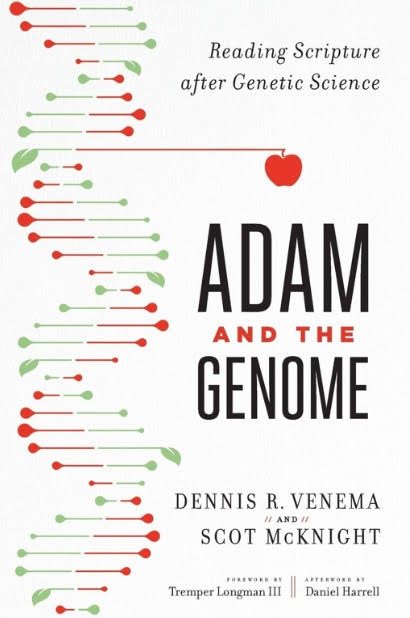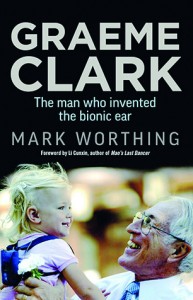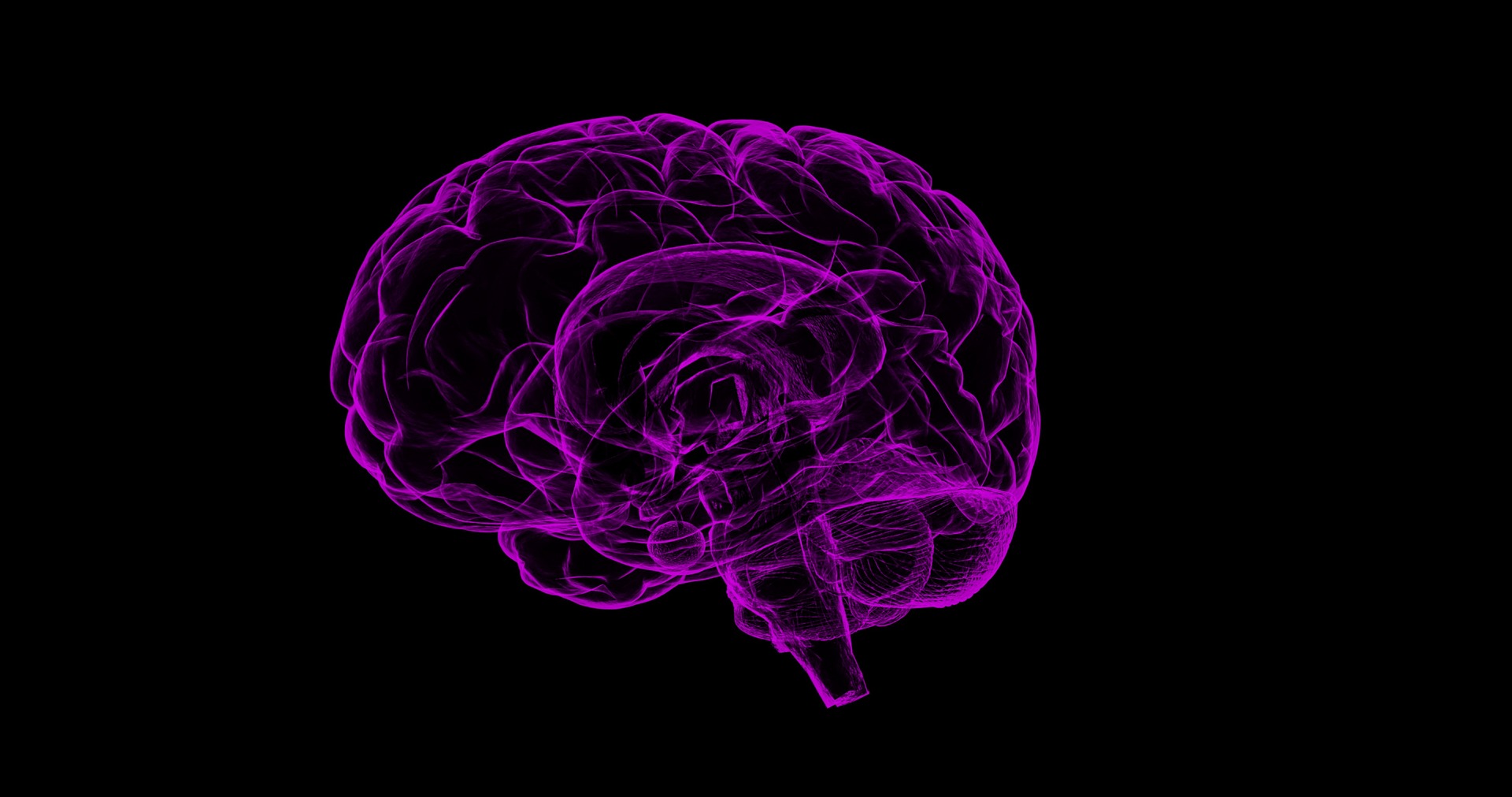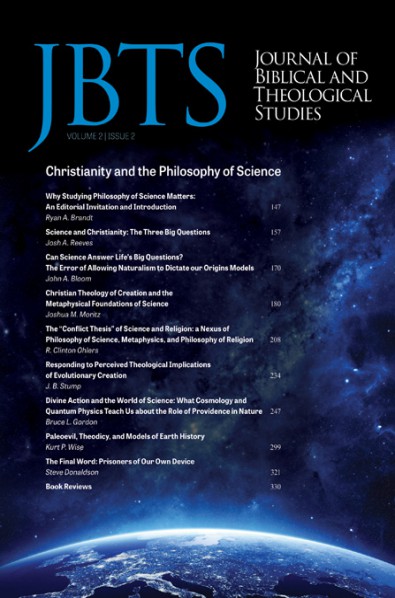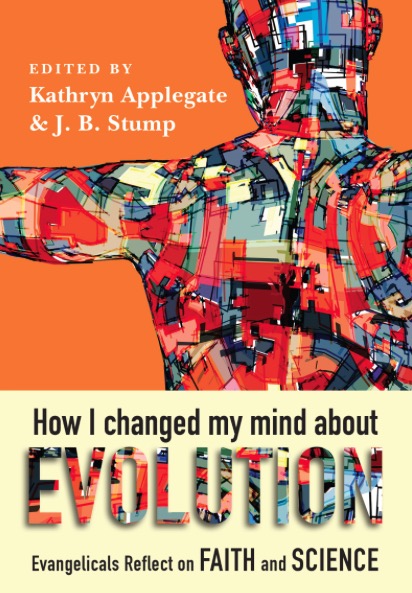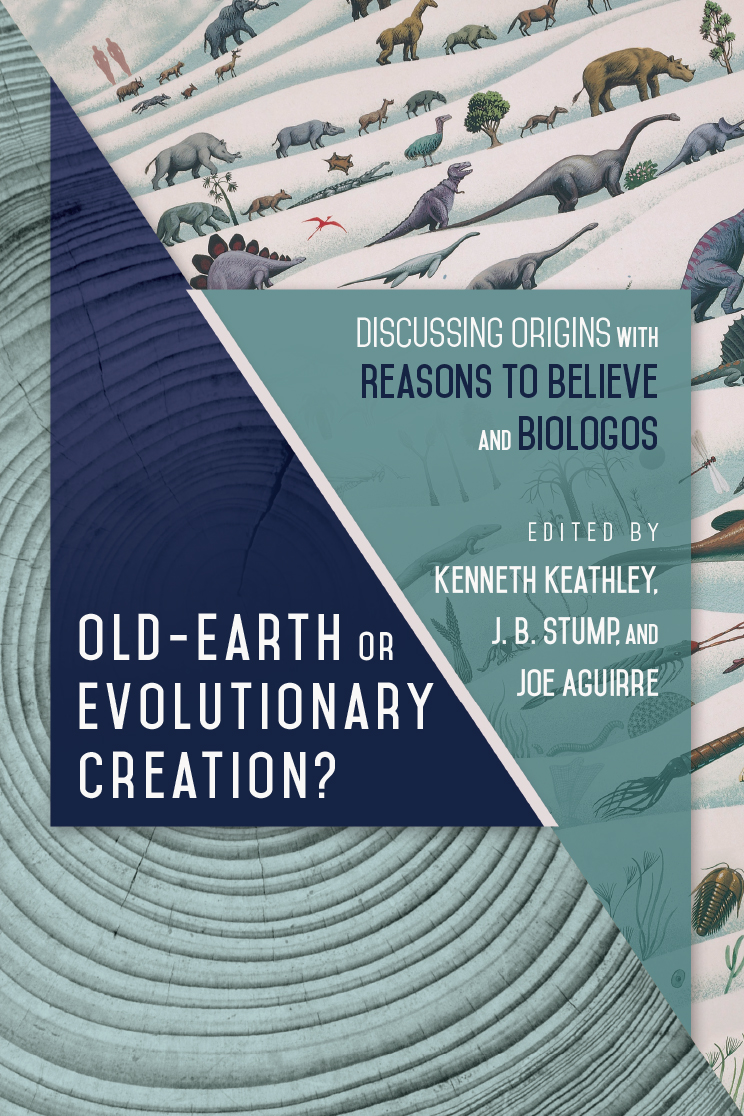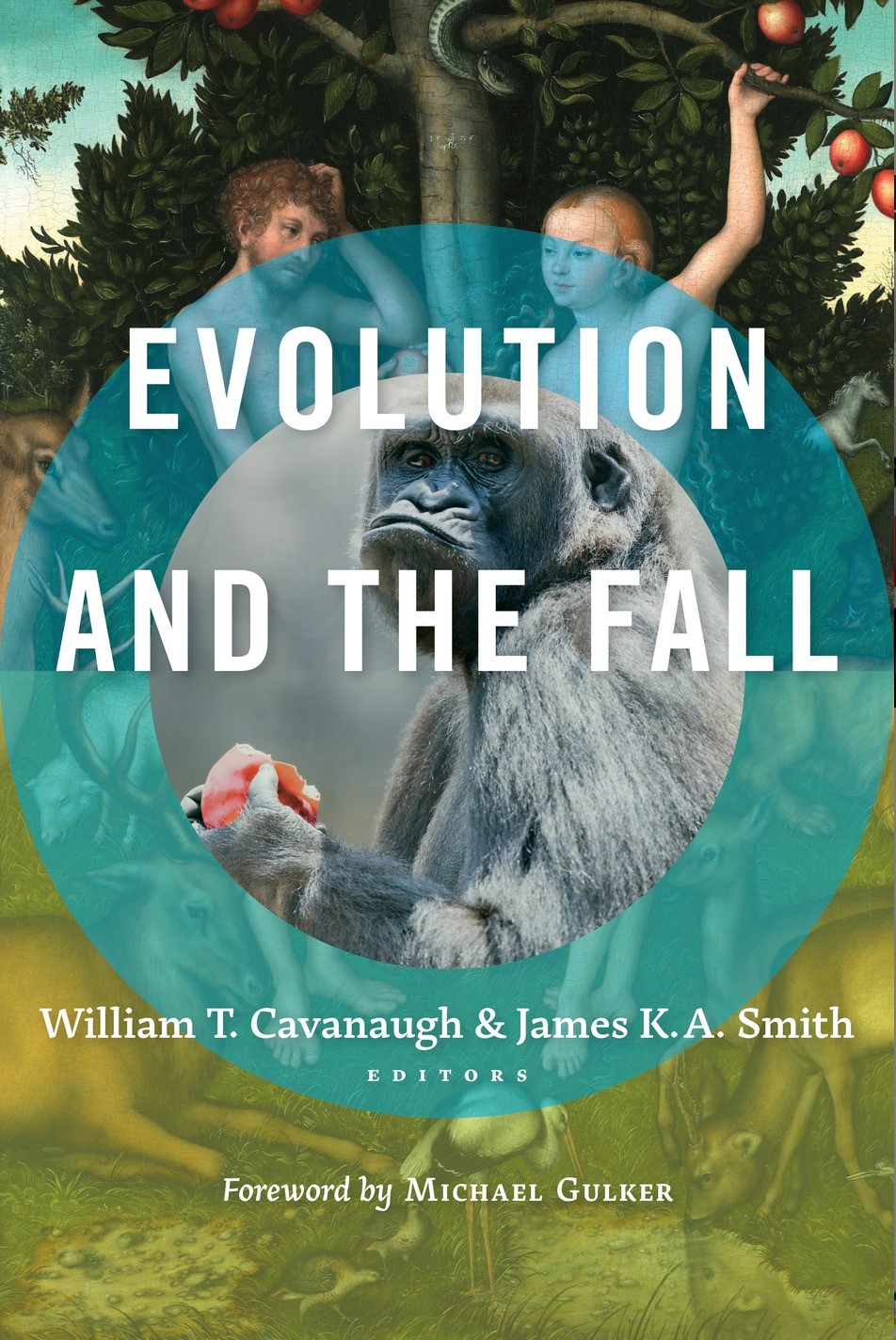
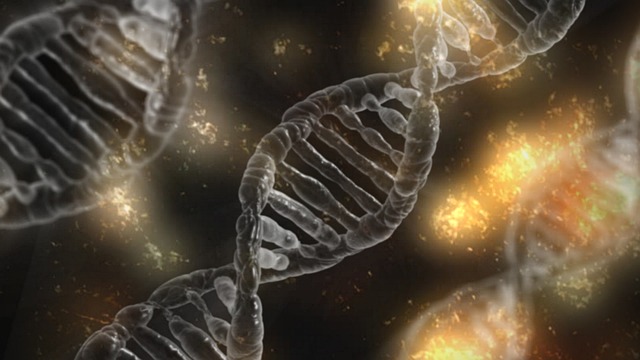

Stem Cells (August 2006)
Gregory Pike, September 2006.
Download PDF
Stem Cells
Invited Comment (August 2006)
Gregory Pike
Dr Gregory K Pike is the Director of the Southern Cross Bioethics Institute in Adelaide. His PhD was in physiology. He has undertaken research in neurobiology and membrane biophysics.
The Bioethics Institute is concerned with the influence of bioethics on public policy development.
The stem cell story has a history, and it is important to visit some of that history to understand properly the particular ethical characteristics of the current debate.
That history has at least a couple of components.
First, in terms of research, stem cells of various types have been known about and studied for decades. There is a rich research history, whether for embryonic stem (ES) cells in animal studies, or for umbilical cord blood or adult stem cells like those found in bone marrow. In more recent years, the stem cell story has expanded considerably with access to stable human ES cell lines, wider application of cord blood stem cells and the discovery of adult stem cells in most human tissues.
But it is the second part of the history, about ethics, that is really just as interesting.
In the seventies, assisted reproductive technology (ART) introduced us to a new paradigm in human procreation. For the first time, what had normally always occurred in the secrecy of the womb, and as a result of intimacy between a couple, became a bench top procedure. Fertilisation and early embryonic development could take place in vitro. At this point the opportunity arose for manipulation of nascent human life.
Despite the general acceptance of ART in the community, it is not free of ethical dilemmas. First and foremost, IVF made embryos extremely vulnerable. Now, human embryos are produced in their millions, implanted, frozen, subjected to research that destroys them, genetically tested and reimplanted, flushed down the drain and often treated as a mere commodity. In Victoria it is estimated that approximately 4% of embryos created in ART programmes make it to birth.
That would all be fine if embryos were of limited or no moral significance. But is that true?
There has been a long history of philosophical debate about human life in utero and its moral significance that is far too extensive to discuss here.
Nevertheless, there are certain facts that are apposite. From conception, a genetically unique individual exists (twinning notwithstanding), development is a continuum, growth is self-directed and purposeful, and a relationship with the mother exists, and to a lesser extent, the father.
The more we learn about early embryonic development, the more remarkable it becomes. Recent studies suggest each cell of the two-cell embryo is different, sperm penetration may mark the axis of alignment for development, and numerous local chemical cues signal the embryo’s presence to the mother.
But interestingly, in the current debate it seems that the moral status of embryos has been sidelined as merely belief. ‘It’s just a clump of cells smaller than the full stop at the end of this sentence’, is a common line. Of course with regard to size, one might argue the same of Hawking’s nascent universe; and with regard to cells, does the mere number of cells, in the same entity continuous in time, make the later trillion-cell entity morally superior to the 100-cell entity? And if it is argued that function is really what counts, then we are in deep trouble with newborns and Alzheimer’s patients, or indeed anyone with limited functionality.
Even if one could not decide upon the embryo’s precise moral status, in the face of even a possibility of morally valuable life, it would be remarkable for Christians in particular to have a cavalier attitude that sanctioned their destruction. After all, surely for Christians the imago dei has profound implications here.
In 2002, the Federal parliament passed the Prohibition of Human Cloning Act, 2002 that prohibited both therapeutic cloning and reproductive cloning, and the Research Involving Human Embryos Act, 2002 that permitted research allowing the destruction of unwanted embryos left over from ART programmes.
There was also an agreement to revisit the legislation in three years to reassess any scientific advances in the field or changes in community standards. In 2005 Judge Lockhart headed up the review and a report was handed down later that year.
At first the government appeared to ignore the report, but recently the Prime Minister agreed to a conscience vote if Bills were forthcoming. At least two are currently being drafted.
Whilst the content of the Bills is unknown at this stage, it is likely that they will both be framed around the recommendations of the Lockhart Review, the key one being to allow therapeutic cloning. There are also other recommendations to permit cloning using human nuclei and animal eggs, mixing genetic material from more than two persons, and experimentation on fresh embryos deemed unfit for implantation. There is also an important proposal to redefine a human embryo to exclude the first 24 hours of development so that research can be conducted on freshly created fertilized eggs, that is, the human zygote. Moreover, it is recommended that interspecies fertilization be permitted up till 24 hours of development.
If a Bill containing these recommendations is passed, it will signal a shift from the unanimous rejection of any form of cloning expressed by parliamentarians at the time of the 2002 Bills. At the time, former Health Minister Kay Patterson expressly stated that any deliberate creation of human embryos for research crosses a moral line that should not be crossed. Yet she is now putting forward one of the Bills that will allow just that.
What is particularly interesting about this current debate is the return to claims of cures around the corner, when in fact that is unknown. In the time since the passage of the 2002 legislation precious little has happened towards treatments from ES cells, making the Lockhart recommendations seem a quantum leap forward that one would only have expected on the back of significant scientific advance. If anything, research and clinical trials using adult stem cells are well ahead.
There is another concern about a debate framed around stem cell cures. There have been nine licenses issued since 2002 to conduct research on human embryos, and 70% of the embryos that are the subject of those licenses are earmarked for research and training that has nothing to do with stem cells. Does this mean that generalised access to human embryos for research and other purposes was really the agenda?
In the end, we have to ask ourselves not only what is being done to human life at this early stage, but also what is being done to the rest of us. For decisions of a moral nature cut two ways, objectively and subjectively. If the community’s collective moral character or conscience is damaged or burdened by agreeing to the destruction of this vulnerable and budding stage of human existence, we will be less for it. And if Christians especially agree to this, will our witness to the dignity, even sanctity of human life, created in the image of God, be compromised?
